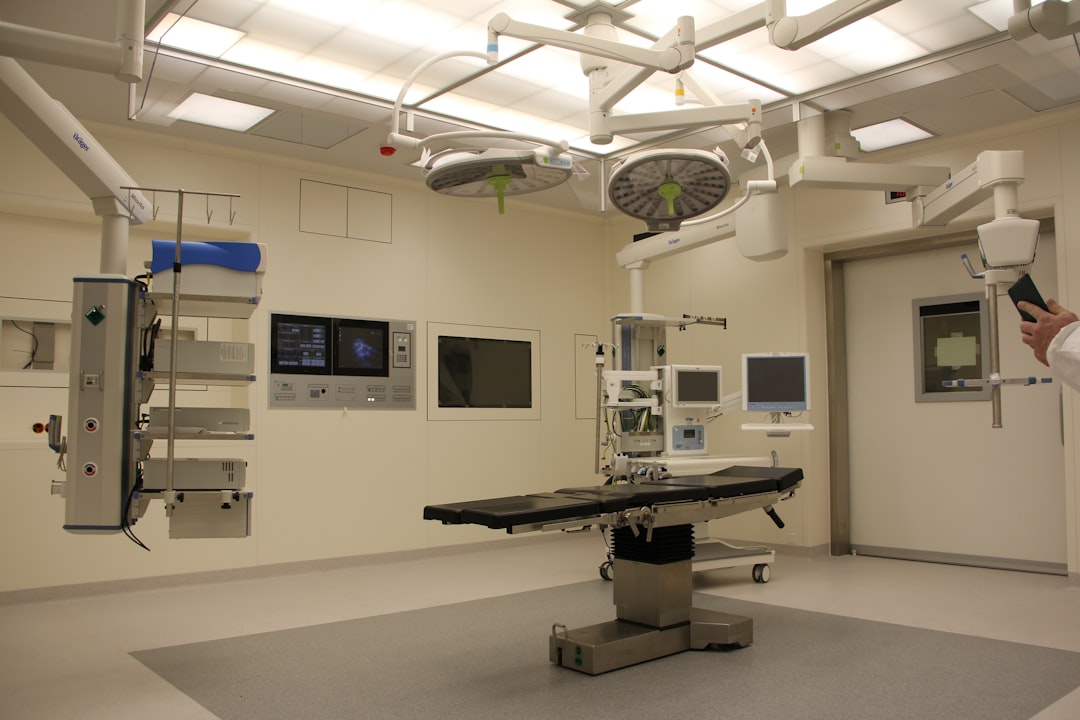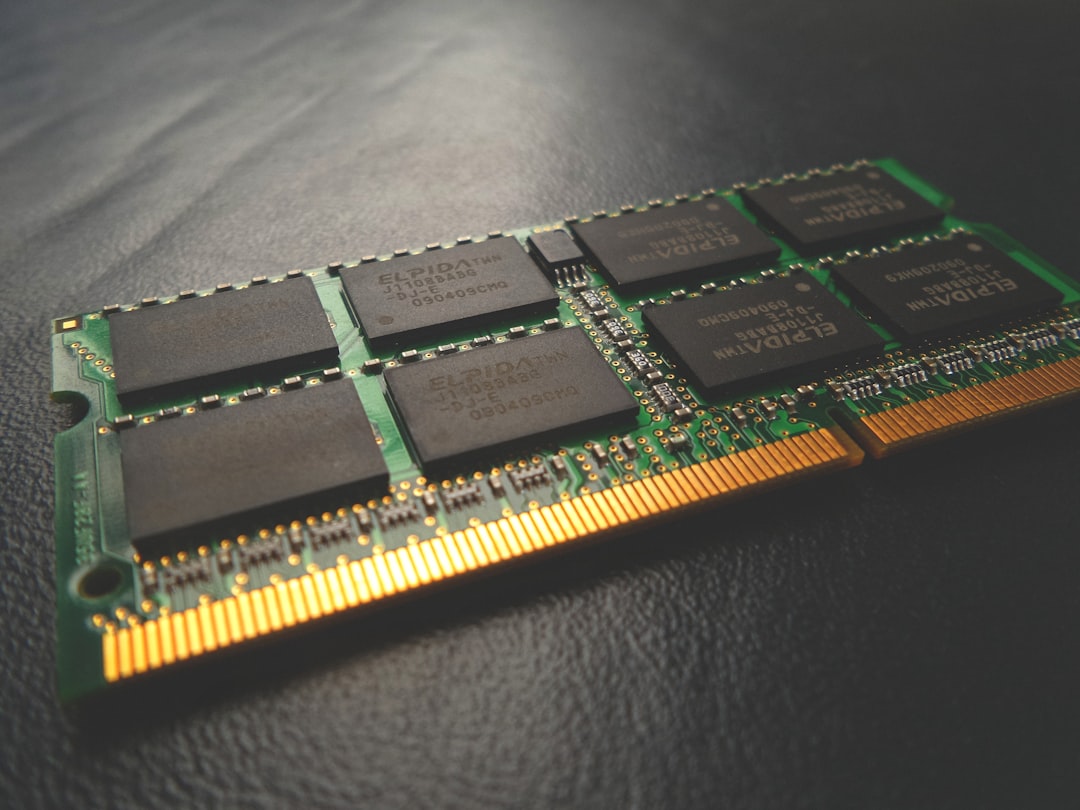What is it about?
Inorganic nanoparticles have become the focus of modern materials science due to their potential technological importance, particularly in bionanotechnology, which stems from their unique physical properties including size-dependent optical, magnetic, electronic, and catalytic properties. The present article provides an overview of the currently used individual inorganic nanoparticles for in vitro biomedical domains. These inorganic nanoparticles include iron oxides, gold, silver, silica, quantum dots (QDs), and second harmonic generation (SHG) particles. For each of these interesting nanoparticles, the main issues starting from preparation up to bio-related applications are presented.
Featured Image

Photo by ThisisEngineering RAEng on Unsplash
Why is it important?
Inorganic nanoparticles have become the focus of modern materials science due to their potential technological importance, particularly in bionanotechnology, which stems from their unique physical properties including size-dependent optical, magnetic, electronic, and catalytic properties. The present article provides an overview of the currently used individual inorganic nanoparticles for in vitro biomedical domains. These inorganic nanoparticles include iron oxides, gold, silver, silica, quantum dots (QDs), and second harmonic generation (SHG) particles. For each of these interesting nanoparticles, the main issues starting from preparation up to bio-related applications are presented.
Perspectives
Individual inorganic nanoparticles are promising candidates for in vitro and in vivo biomedical applications. This can be attributed to their interesting features, which emanate from their nanosize, including physical properties such as optical, superparamagnetic, electronic, and catalytic properties, in addition to some specific biological activity (e.g. bactericidal activity of Ag and gold in the specific affinity toward proteins). Nowadays, the specific optical or magnetic features of the inorganic nanoparticles are exploited and integrated into microsystems and devices providing fast analysis with high sensitivity for low volume analyte. While the benefits of inorganic nanoparticles for in vitro applications are recognized, their use for the in vivo area is still very restricted. This may be attributed to the extensive toxicity studies which have to be done before using in vivo therapy or diagnostics or theranostics. Furthermore, in order to be conveniently used for in vitro or in vivo bio-related applications, the surface of the inorganic nanoparticles must be modified not only to increase their biocompatibility (low toxicity) but also to enhance their colloidal stability preventing theirs in vivo aggregation, chemical degradation or accumulation. This can be achieved by optimization of the synthesis process in order to prepare structured nanoparticles with well-defined properties in order to answer the drastic criteria of bionanotechnology.
Associate Professor Mohamed Mahmoud Eissa
National Research Centre, Dokki, Giza 12622Egypt
Read the Original
This page is a summary of: Individual inorganic nanoparticles: preparation, functionalization and in vitro biomedical diagnostic applications, Journal of Materials Chemistry B, January 2013, Royal Society of Chemistry,
DOI: 10.1039/c2tb00301e.
You can read the full text:
Contributors
The following have contributed to this page










